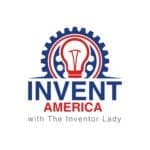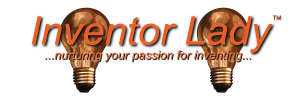
Since the day of the cave man, we have been wired to fix a problem, to innovate our way out of trouble. After all, if you couldn’t start a fire, you didn’t eat. If you couldn’t fix a wagon on the wagon train, you got left behind. Some people innovate and some people support the innovators.
So what has changed? A Lot!
Having the idea, that ah-hah moment, is the easy part. The inventing process has become incredibly difficult, incredibly expensive and incredibly packed with predators. We need inventors to continue to solve the problems because it’s innovation that will lead the economic revival after the pandemic of 2020. However, they need a helping hand.
Inventors have two options: start-up or licensing. Generally, inventors with the great idea don’t have the experience or the money to be a start-up. A start-up needs a minimum of $250,000 to start down innovation road. Chances of success are minimal and the chances of being taken advantage of are huge. The most expensive and difficult steps of getting a product to market are the manufacturing and marketing. If an inventor is honest with himself about the funds needed to get to market before he starts throwing money down a dark hole, he will frequently look to the other option.
Licensing is the best chance for success and costs a lot less. Licensing means a supplier to the large box chains actually “rents” the right to use the patent. This supplier/licensee will manufacture, sell and send a royalty check. The licensee does the heavy lifting including defending the patent if infringed on and covering the product liability insurance.
There is so much more to inventing that just filing a patent, but the due diligence to determine if a patent can be filed is critical to the licensing process. A patent is not needed to go to market, it is needed to negotiate. No patent: no negotiations. You can’t sell an idea. In order to license, a good patent must be filed by a registered patent attorney. A legitimate licensee will not consider a product that was done pro se (by the inventor).
Next is the proof of concept prototype. An experienced engineering person/group is critical to getting a good prototype done. However, the “good” part here also means “honest”. Good “honest” service providers are hard to find.
At Archimedes’ Offspring, the goal is to minimize the risk to the inventor and give you, the investor, the chance to be the support mechanism while getting a consistent and good return on your investment. Our job at AOS is to find the best ideas while protecting the inventors and investors as we work together to rebuild our economy.








